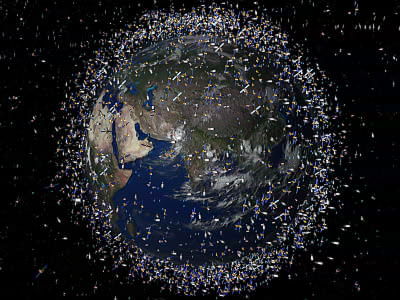What happens when a supernova explosion occurs near the earth?

Massive stars end their lives in supernova explosions with very bright light.
What If a Supernova Hits Earth?-YouTube
When we hear the word ``explosion'', we tend to imagine a phenomenon that ends in an instant like the explosion of dynamite, but a supernova explosion occurs as a series of phenomena such as ``a volcano erupts and a tsunami occurs'', and has been around for tens of thousands of years. It continues to affect the surroundings over time.

A supernova explosion occurs when a massive star runs out of fuel for nuclear fusion, or when a red giant star is sucked into a white dwarf star. For about a month after the outbreak, it emits a very bright light to the surroundings.

After the light fades, hot gas continues to spread around for tens of thousands of years.

It is like this when explaining the effect of the supernova explosion on the earth for each distance between the supernova explosion and the earth.
・Thousands of light years
When a supernova explosion occurs thousands of light-years away, it looks like a very bright star suddenly appeared from the earth. The bright star can be observed for several weeks and does not affect life or the environment on Earth.

・300 light years
Even if a supernova explosion occurs 300 light-years away, a very bright star can be observed, but it will not seriously affect life and the environment.

However, the earth will receive material from the exploded star. For this reason,

・150 light years
When the distance between the supernova explosion and the Earth approaches 150 light years, various effects begin to appear on the Earth. First, stars before a supernova explosion have a strong magnetic field, but the energy of the magnetic field remains after the supernova explosion and is emitted as cosmic rays.

Since most cosmic rays are blocked by the ozone layer, their impact on life on Earth and the environment is negligible.

However, a large amount of cosmic rays will fly in outer space. As a result, extravehicular activities in outer space become difficult, and space development may stagnate.

・100 light years
If a supernova explosion occurs 100 light years away, cosmic rays will destroy part of the ozone layer and reach the surface of the earth.

Since cosmic rays are radiation, it is conceivable that the number of patients suffering from diseases such as cancer will increase rapidly.

In addition, plankton that live near the surface of the sea will die, and saltwater fish may become extinct.

Furthermore, cosmic rays may increase the number of charged atoms and molecules in the atmosphere, and the earth may be covered with clouds. If the earth is covered with clouds, most of the sunlight will not reach the surface, and we will enter the ice age.

In addition, the frequency of lightning strikes will increase dramatically, potentially causing fires and building damage.
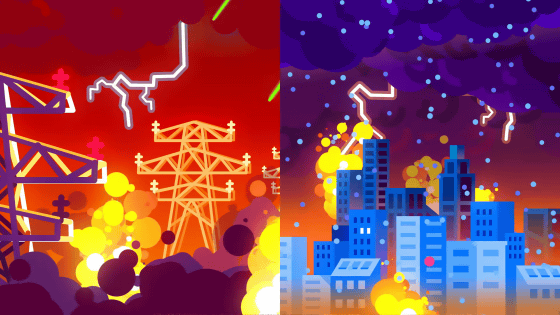
Due to the damage described above, it is thought that the number of human beings will decrease rapidly.

・25 light years
A supernova explosion within 25 light-years of Earth would almost completely destroy the ozone layer.

In addition, it is thought that the damage caused by a supernova explosion 100 light-years away will occur in an even more dangerous state.

Due to these damages, human civilization will be completely destroyed. Also, people who evacuated to shelters will die if food runs out.
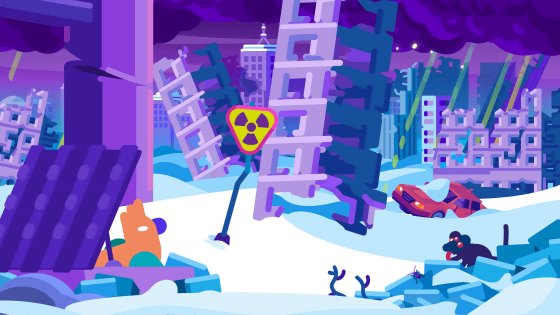
・4 light years
If a supernova explosion occurs 4 light years away from the earth, the earth will become a sea of fire.
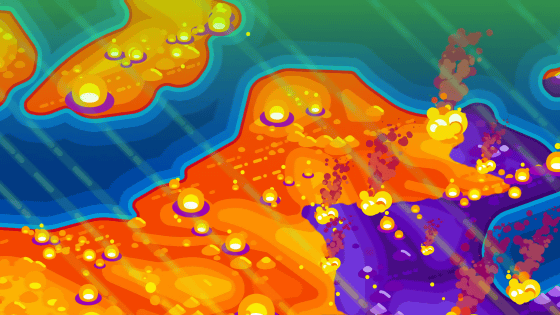
Life on the surface is almost extinct, leaving only deep-sea and subterranean organisms to survive.

As mentioned above, if a supernova explosion occurs near the Earth, it may have a large impact on life and the environment. However, at the time of writing the article, no celestial bodies with a risk of supernova explosion have been discovered with a radius of 1000 light years from the earth.
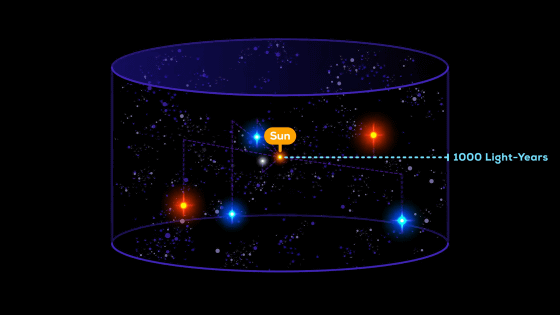
Kurzgesagt also points out that even if a supernova explosion occurs near the earth in millions of years, the civilization at that time could move the earth to a safe position.
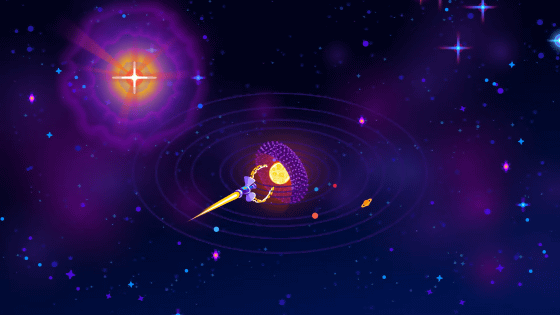
Related Posts:





